Ford B-MAX Estate (2012-2017) review
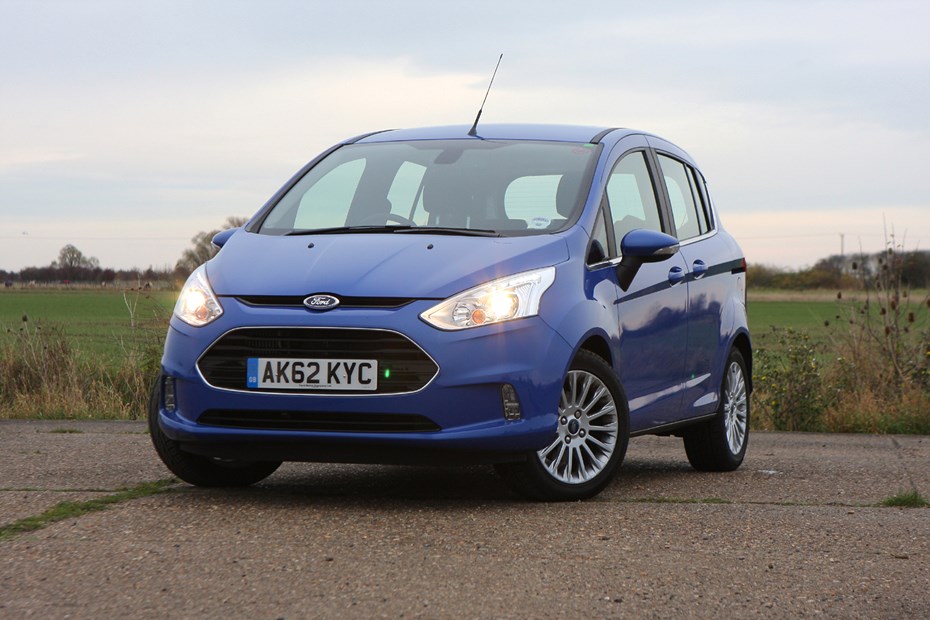
At a glance
| Price new | £13,165 - £20,475 |
|---|---|
| Used prices | £1,413 - £8,305 |
| Road tax cost | £20 - £215 |
| Insurance group | 7 - 16 |
Get an insurance quote with

|
|
| Fuel economy | Not tested to latest standards |
| Range | 407 - 684 miles |
| Number of doors | 5 |
| View full specs for a specific version | |
Available fuel types
Petrol
Diesel
Pros & cons
- Low emissions
- Wide-opening doors
- 1.0-litre EcoBoost engine is the pick of the bunch
- Poor steering feedback
- Too much body lean
- Rear doors heavy to pull closed
- Diesel can be noisy
Ford B-MAX (12-17) rivals
Overview
The Ford B-Max follows in the footsteps of Ford’s popular C-Max and S-Max MPVs. Those have become firm favourites for families because they offer decent handling as well as practical and spacious interiors. This new model is the smallest of the three but as the latest in the line-up it features a raft of breakthroughs by Ford.
Revolutionary rear doors
Most notable are the clever rear sliding doors that do away with the traditional mid pillars. This unique design means there’s a huge 1.5-metre long opening on each side, making it easy to load big items and helping passengers to get in and out.
New technologies
The B-Max includes technologies such as Ford’s Active City Stop that helps prevent collisions in slow-moving traffic by automatically braking if the system thinks you are about to hit the car in front. Buyers will also be able to specify Ford’s SYNC system that allows you to control your music and phone with voice commands. This technology can also read out text messages.
Engine choices
The engine line-up starts with Ford’s new 98bhp three-cylinder 1.0-litre EcoBoost petrol engine that emits 119g/km of CO2. Then there’s the EcoBoost but that comes with stop/start and CO2 emissions of 114/g/km and an official average fuel consumption of 57.5mpg. There’s also a 1.4-litre and 1.6-litre petrol along with 1.5-litre and 1.6-litre diesel engines – the latter offering a claimed average of 70.6mpg.



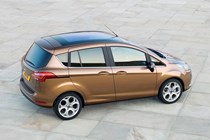
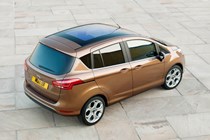
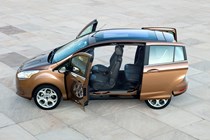
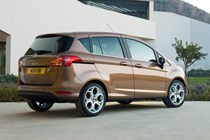
.jpg)
.jpg)
.jpg)
.jpg)
.jpg)
.jpg)
.jpg)
.jpg)
.jpg)
.jpg)

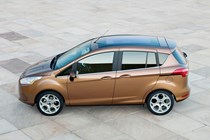
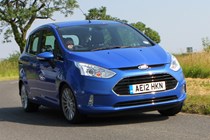
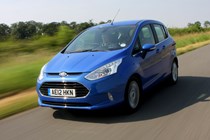
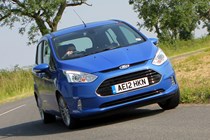
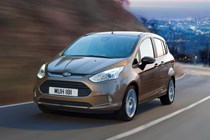
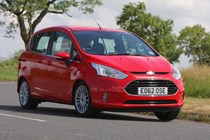
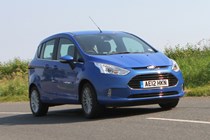
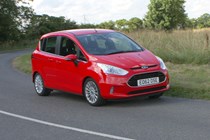
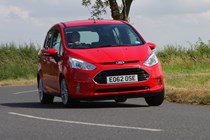
.jpg)
.jpg)
.jpg)
.jpg)
.jpg)
.jpg)
.jpg)
.jpg)
.jpg)
.jpg)
.jpg)
.jpg)
.jpg)
.jpg)

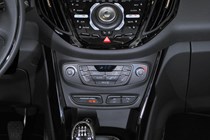
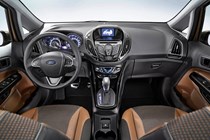

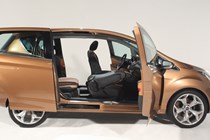
.jpg)
.jpg)
.jpg)
.jpg)
.jpg)
.jpg)
.jpg)
.jpg)
.jpg)
.jpg)
.jpg)
.jpg)
.jpg)
.jpg)
.jpg)
.jpg)
.jpg)
.jpg)
.jpg)
.jpg)
.jpg)
.jpg)
.jpg)
.jpg)
.jpg)
.jpg)
.jpg)
.jpg)
.jpg)
.jpg)
.jpg)
.jpg)
.jpg)
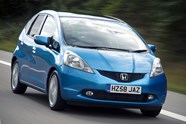
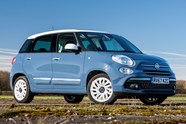
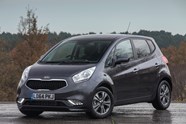





.jpg?quality=50)
.jpg?quality=50)
.jpg?quality=50)
.jpg?quality=50)
.jpg?quality=50)
.jpg?quality=50)
.jpg?quality=50)
.jpg?quality=50)
.jpg?quality=50)
.jpg?quality=50)










.jpg?quality=50)
.jpg?quality=50)
.jpg?quality=50)
.jpg?quality=50)
.jpg?quality=50)
.jpg?quality=50)
.jpg?quality=50)
.jpg?quality=50)
.jpg?quality=50)
.jpg?quality=50)
.jpg?quality=50)
.jpg?quality=50)
.jpg?quality=50)
.jpg?quality=50)





.jpg?quality=50)
.jpg?quality=50)
.jpg?quality=50)
.jpg?quality=50)
.jpg?quality=50)
.jpg?quality=50)
.jpg?quality=50)
.jpg?quality=50)
.jpg?quality=50)
.jpg?quality=50)
.jpg?quality=50)
.jpg?quality=50)
.jpg?quality=50)
.jpg?quality=50)
.jpg?quality=50)
.jpg?quality=50)
.jpg?quality=50)
.jpg?quality=50)
.jpg?quality=50)
.jpg?quality=50)
.jpg?quality=50)
.jpg?quality=50)
.jpg?quality=50)
.jpg?quality=50)
.jpg?quality=50)
.jpg?quality=50)
.jpg?quality=50)
.jpg?quality=50)
.jpg?quality=50)
.jpg?quality=50)
.jpg?quality=50)
.jpg?quality=50)
.jpg?quality=50)